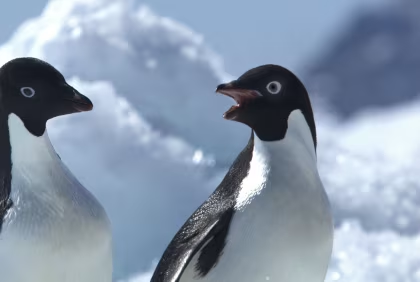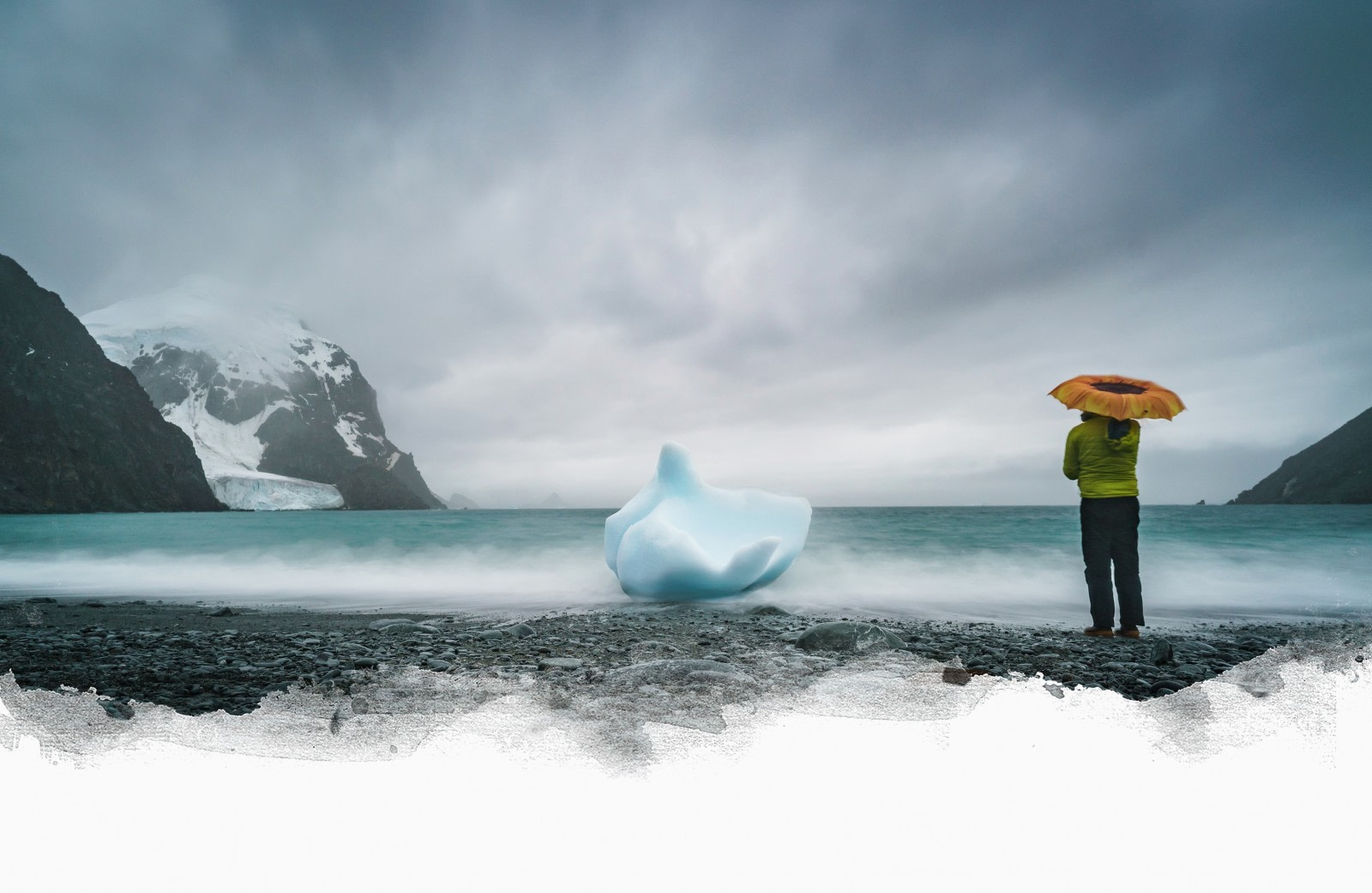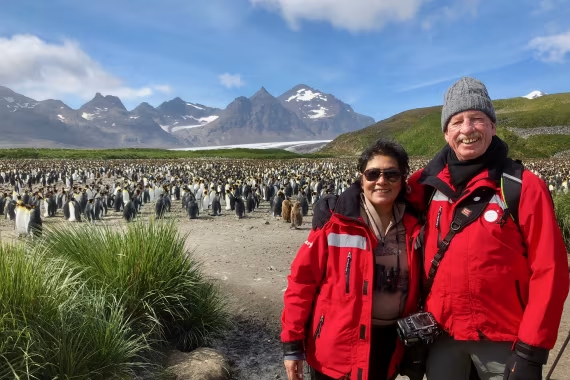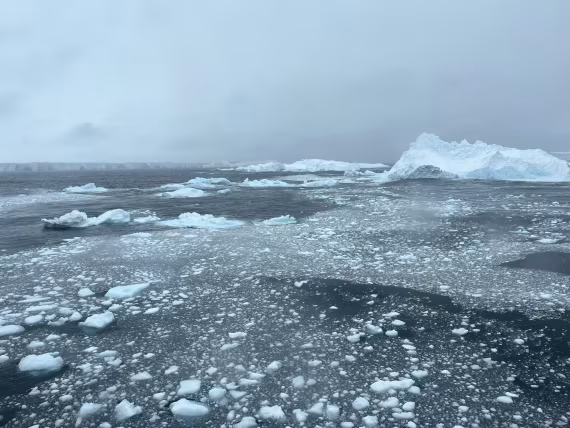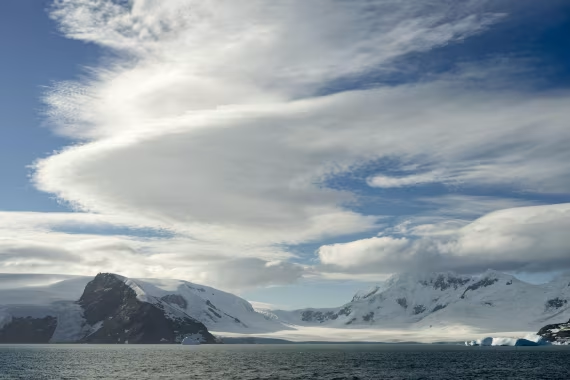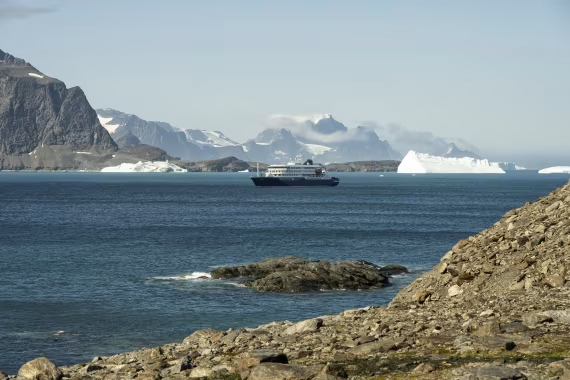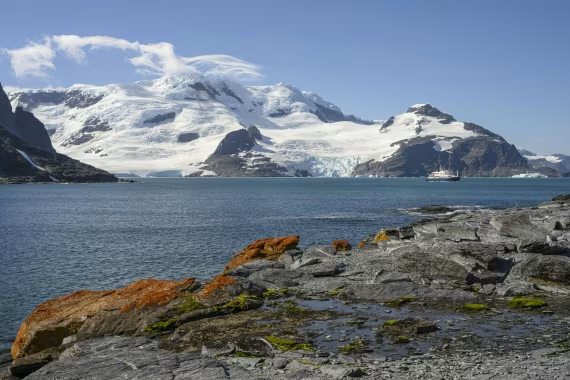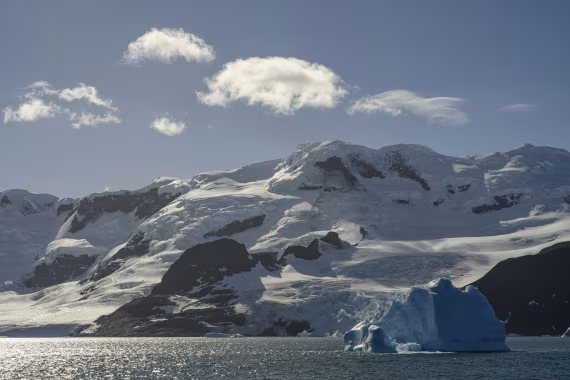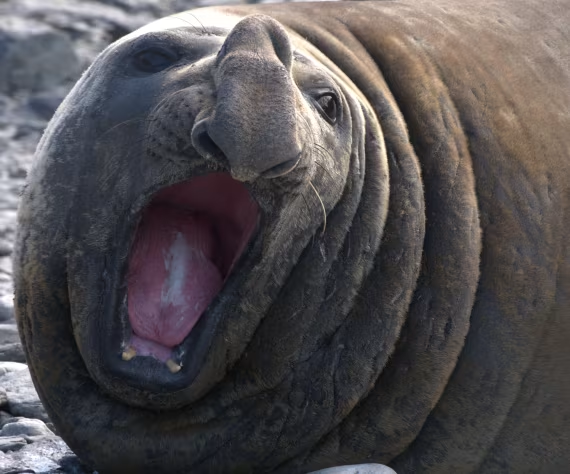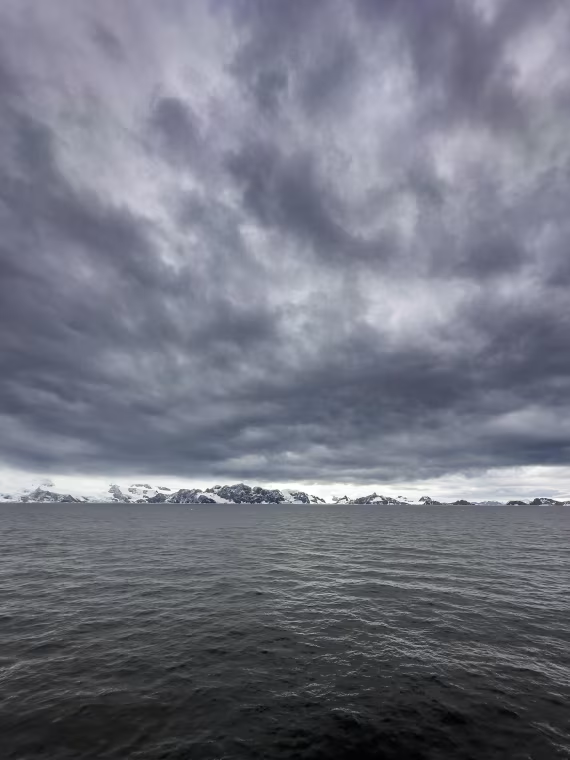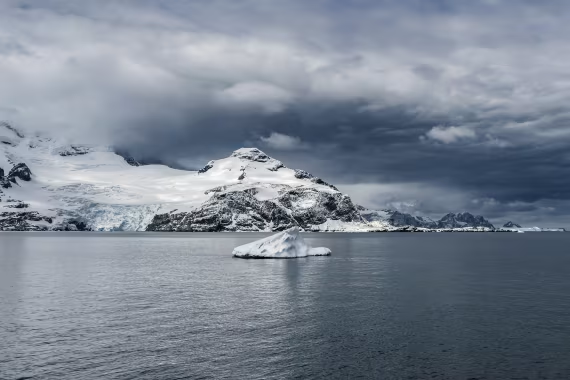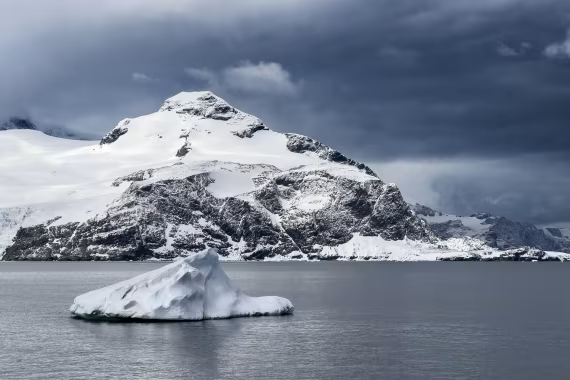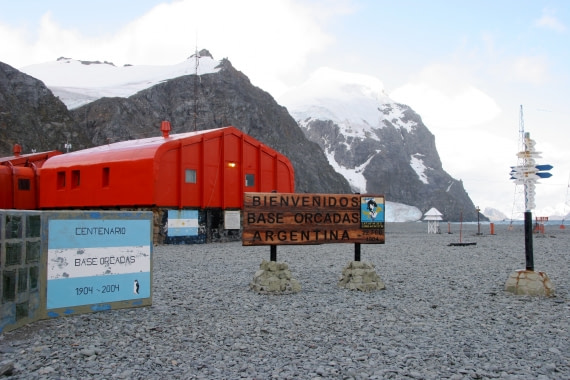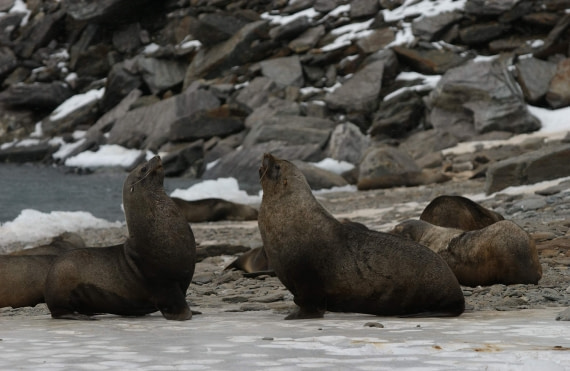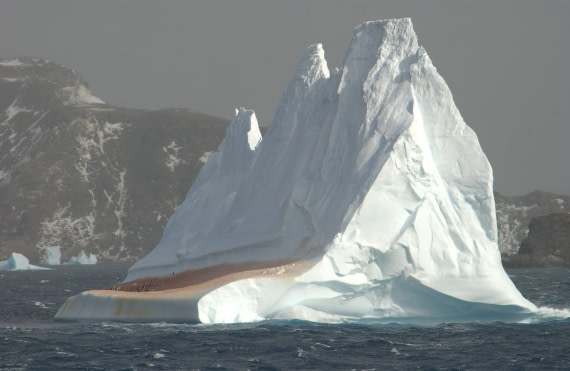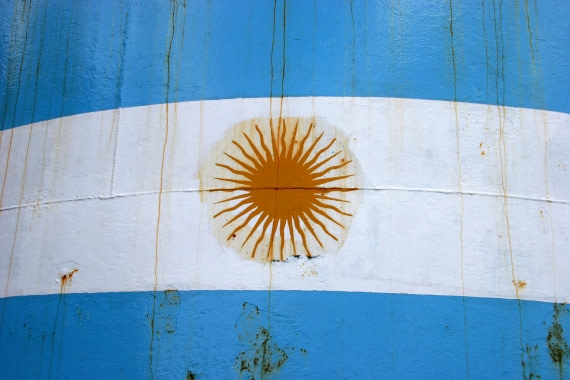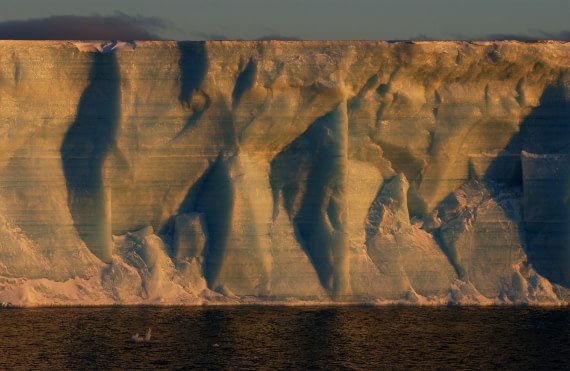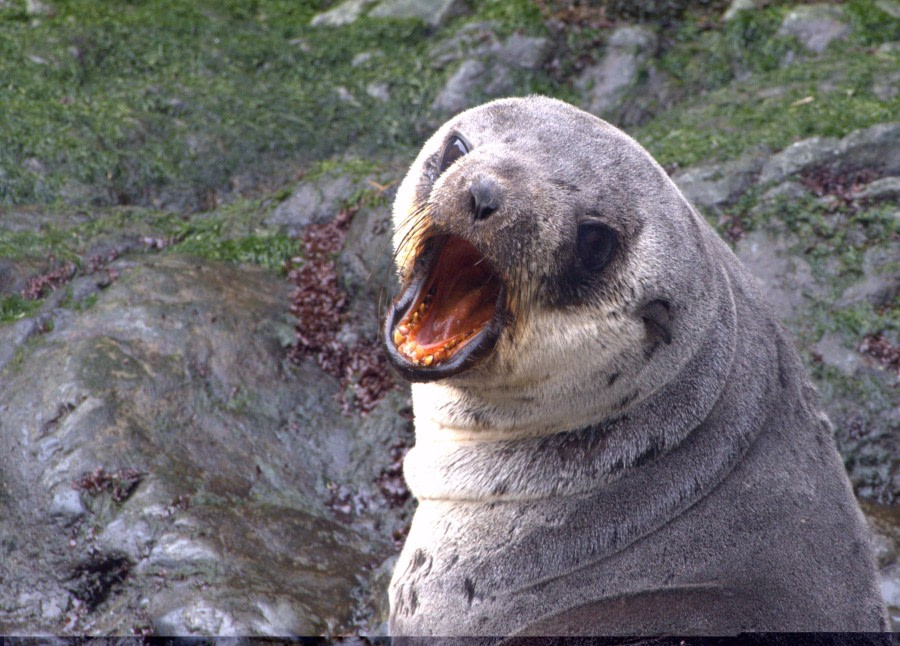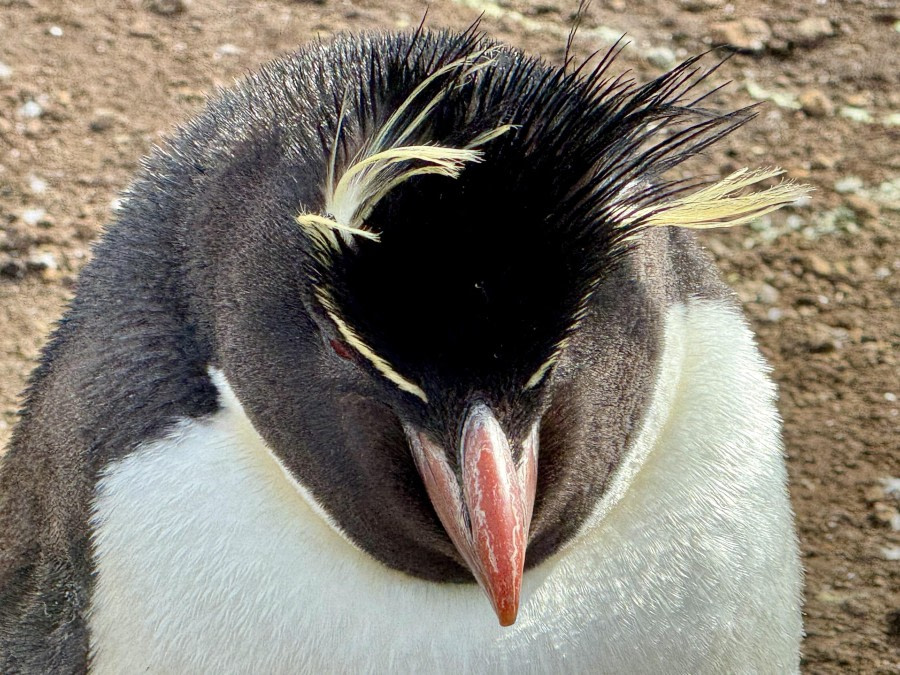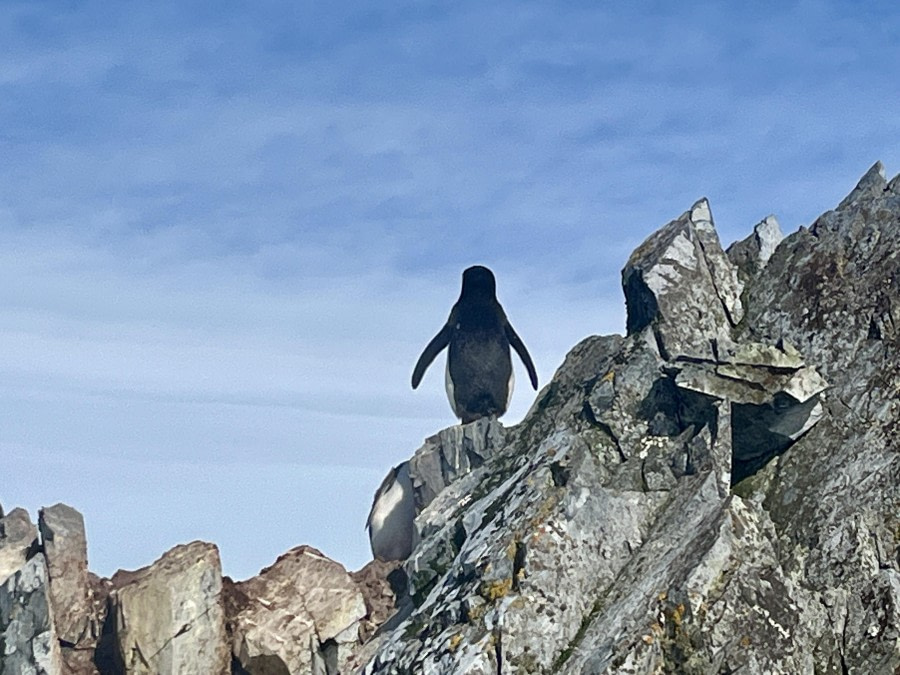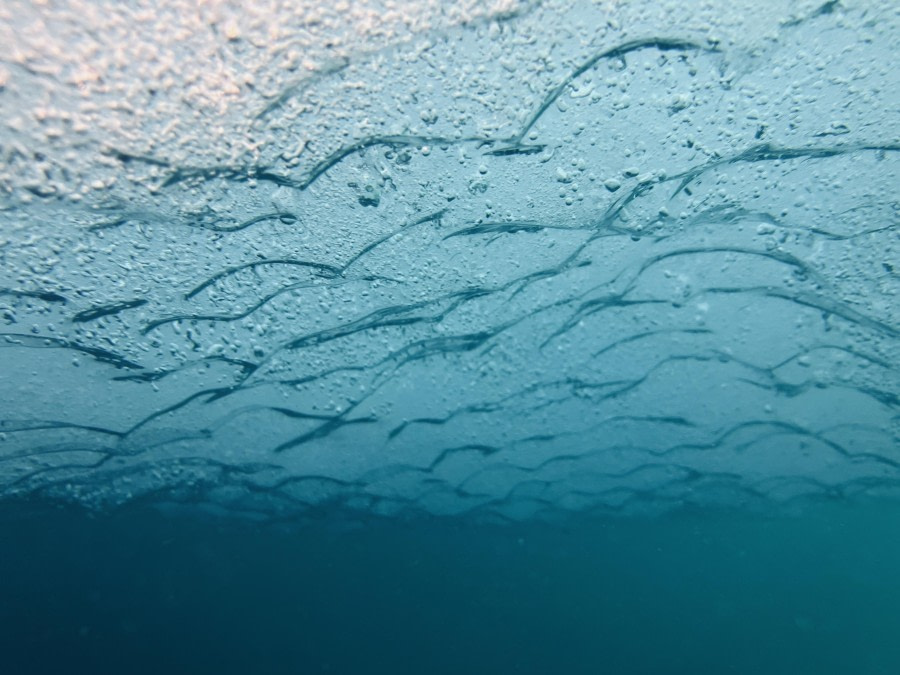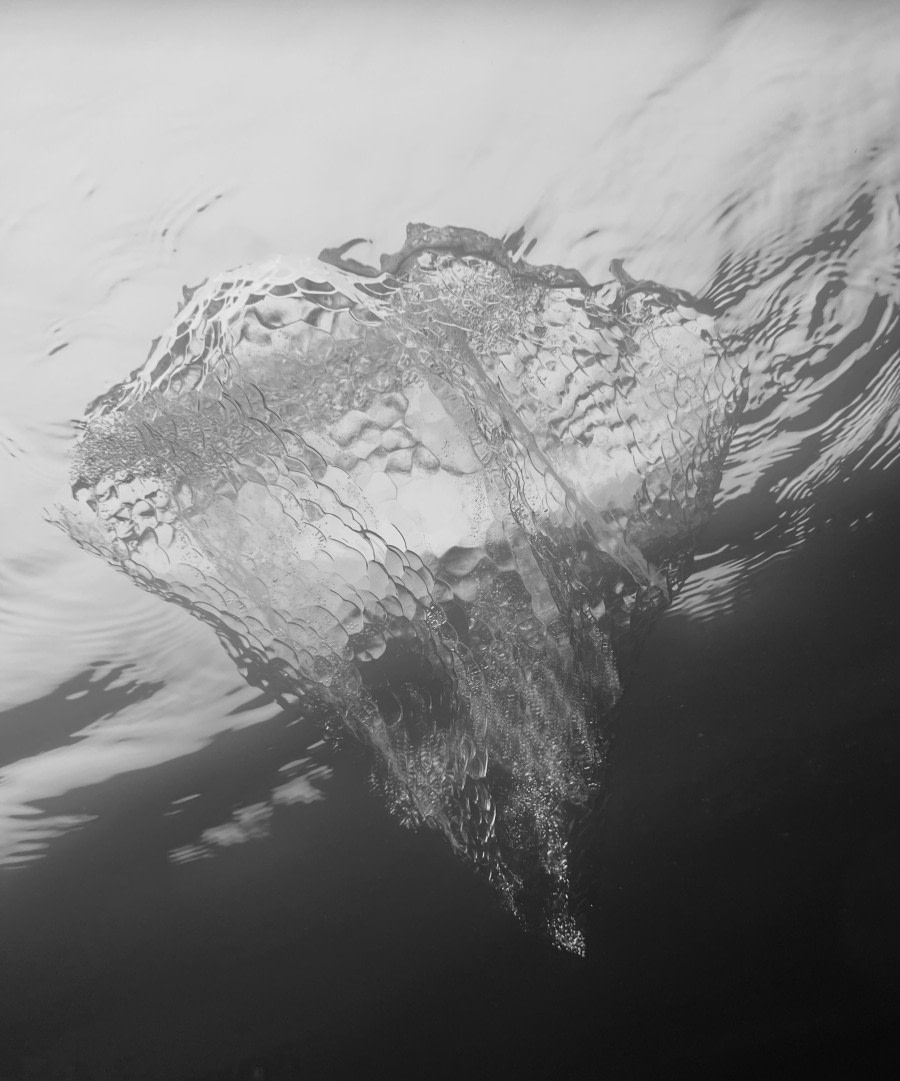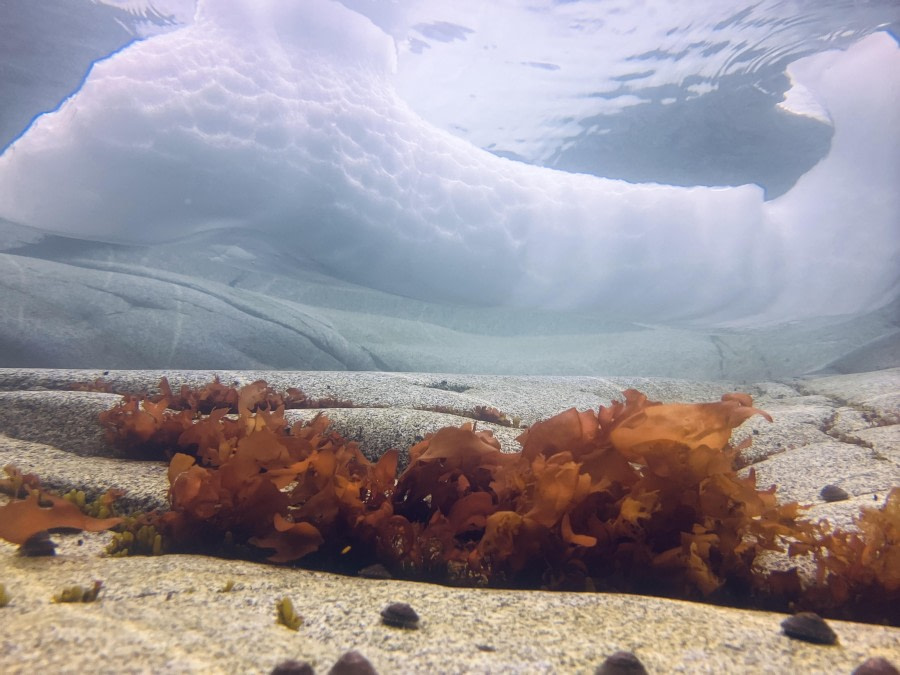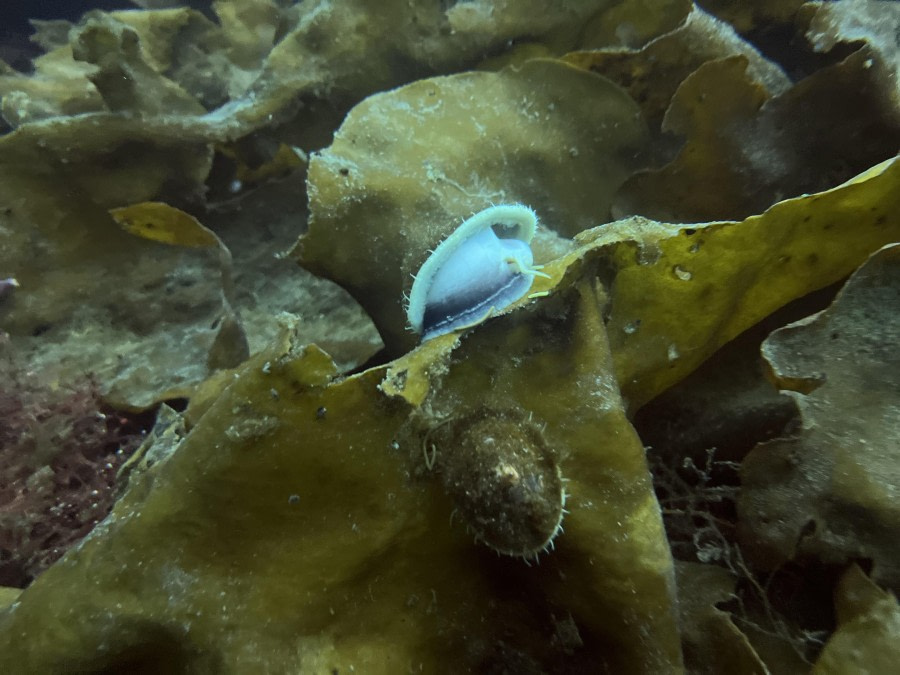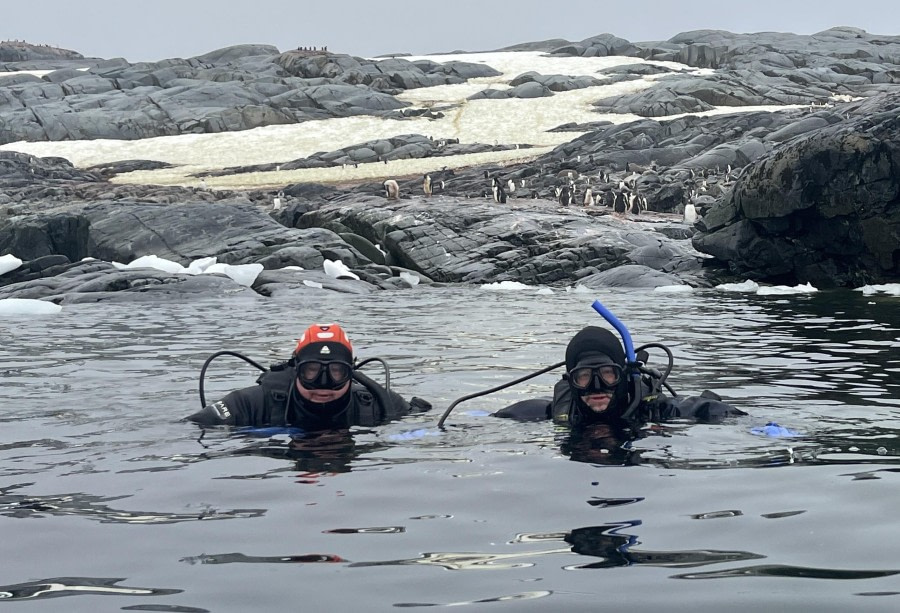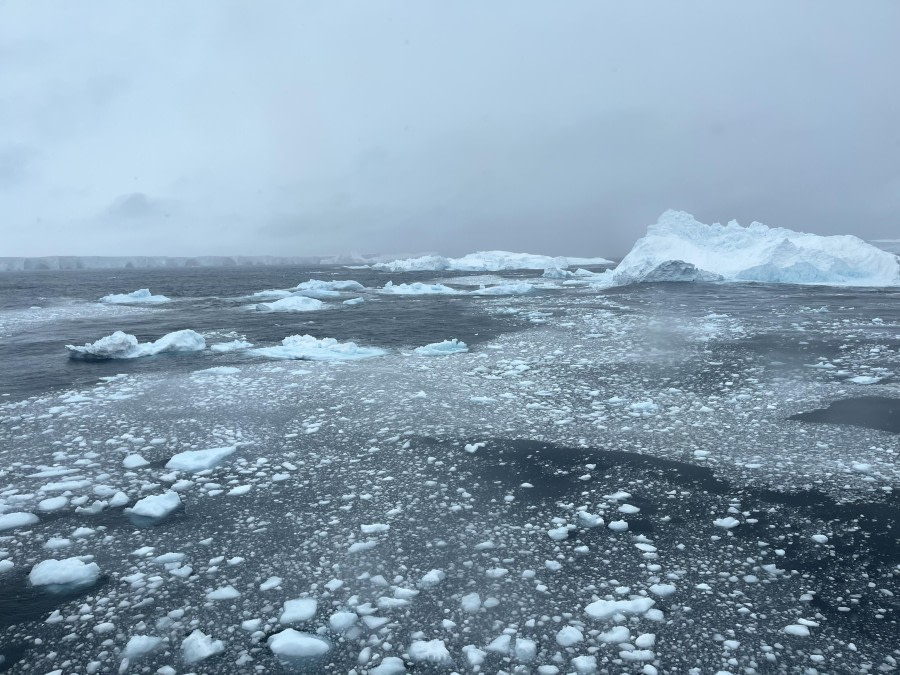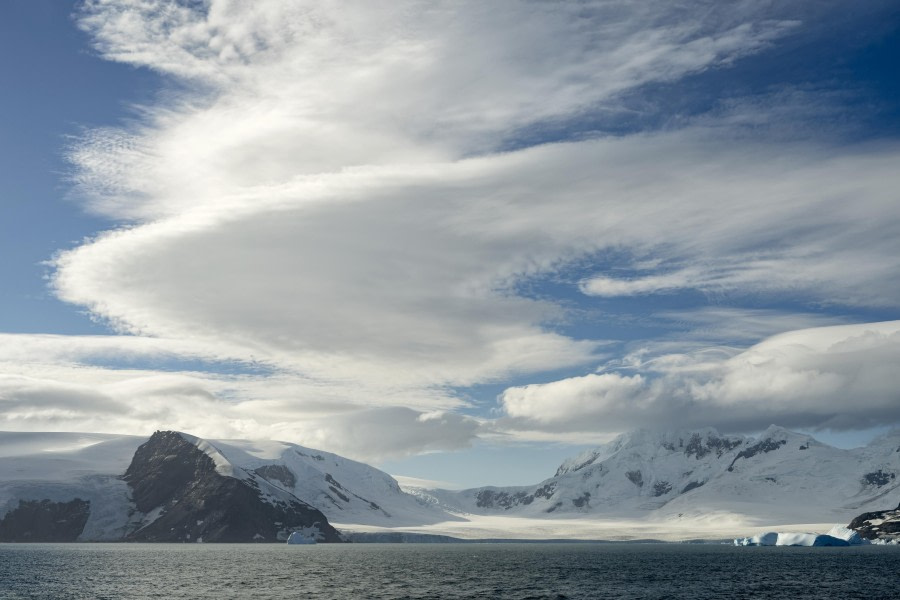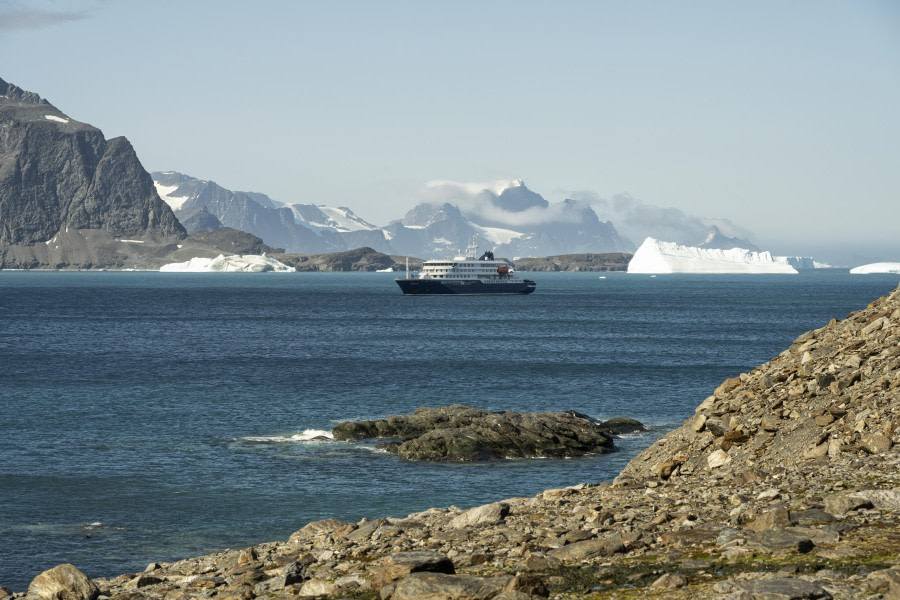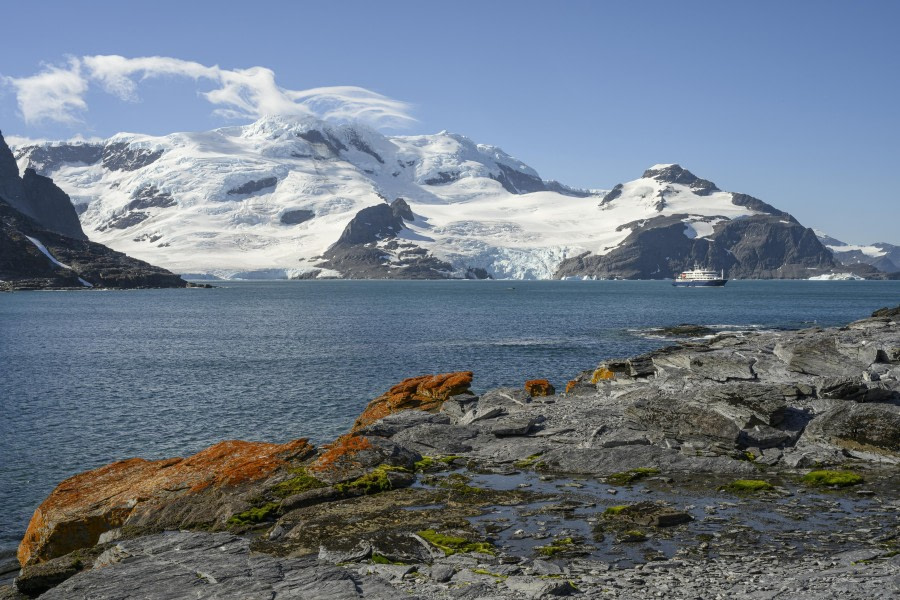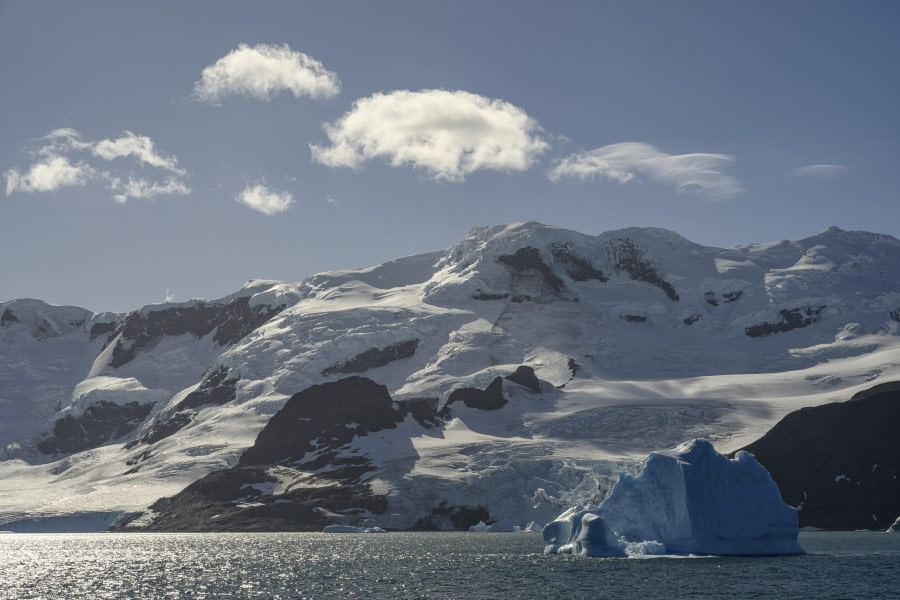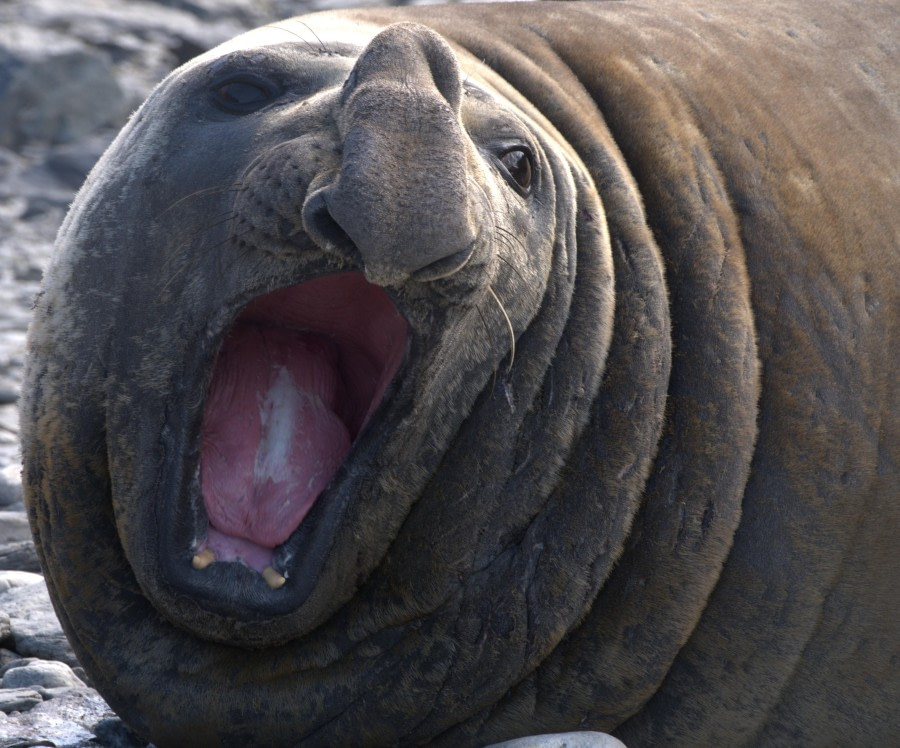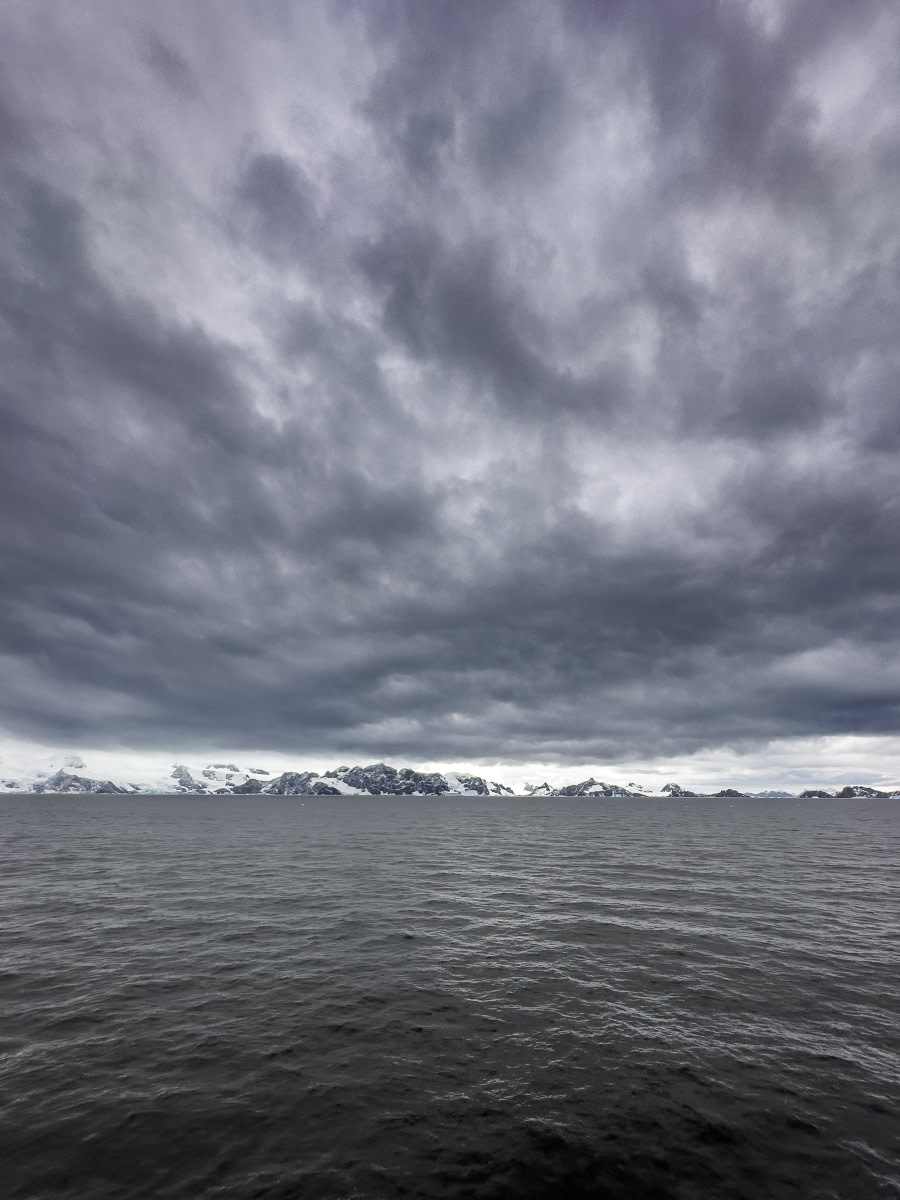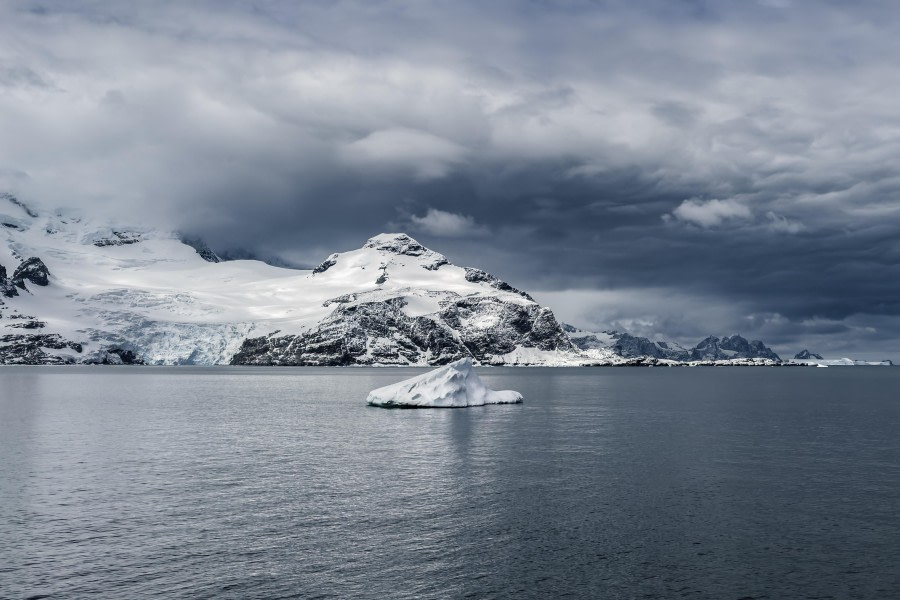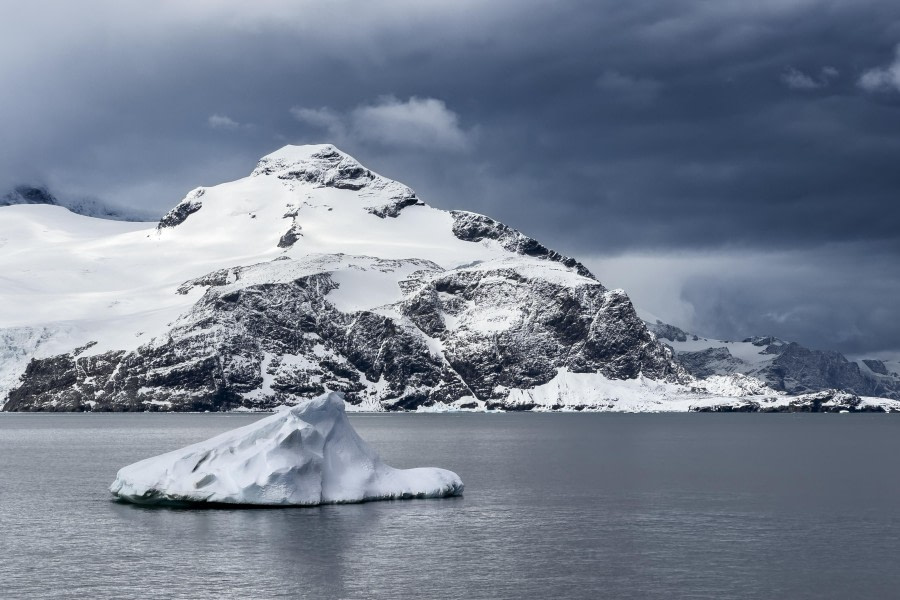They were named, together with the South Shetland Islands, after the islands in northern Scotland by the Scottish sealers that frequented the area.
The islands were discovered only in 1821 when they were sighted by the respectively British and American sealers George Powell and Nathaniel Palmer. The islands consist mainly of rock and ice (85 % is glaciated), with little vegetation. Argentina and the United Kingdom have scientific stations on the islands, the Orcadas Station and Signy Station.

Currently we do not have any South Orkney Islands cruises available.
Video
Latest blog and customer story
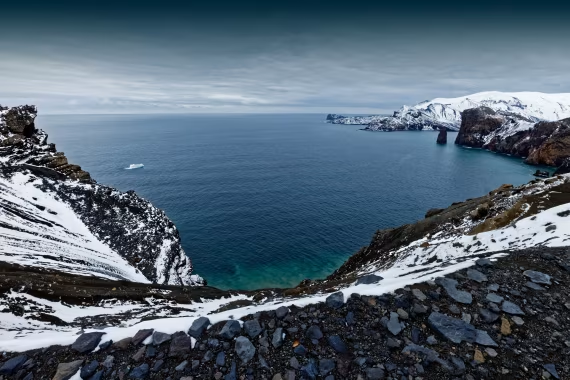
From Stonington to the South Orkney Islands: The legacy of Nathaniel Palmer
Nathanial Brown Palmer, also known as 'Captain Nat,' was an American sealer, whaler, ship designer, and explorer whose polar legacy continues today. Palmer played a crucial role in discovering and naming several iconic locations in Antarctica, many of which you can visit during an expedition cruise.
Latest highlight and wildlife
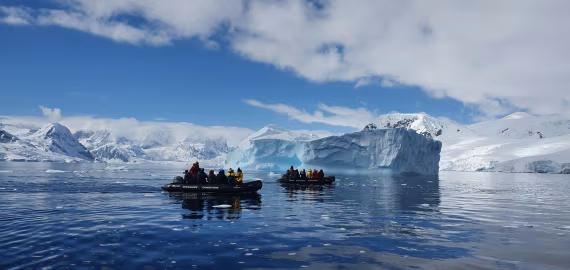
See the highlights you may experience:
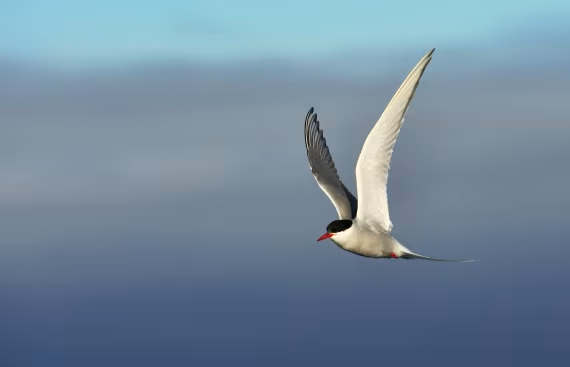
See the highlights you may experience:
Map of the South Orkney Islands
Fan(tastic) photo
South Orkney Islands cruise reviews
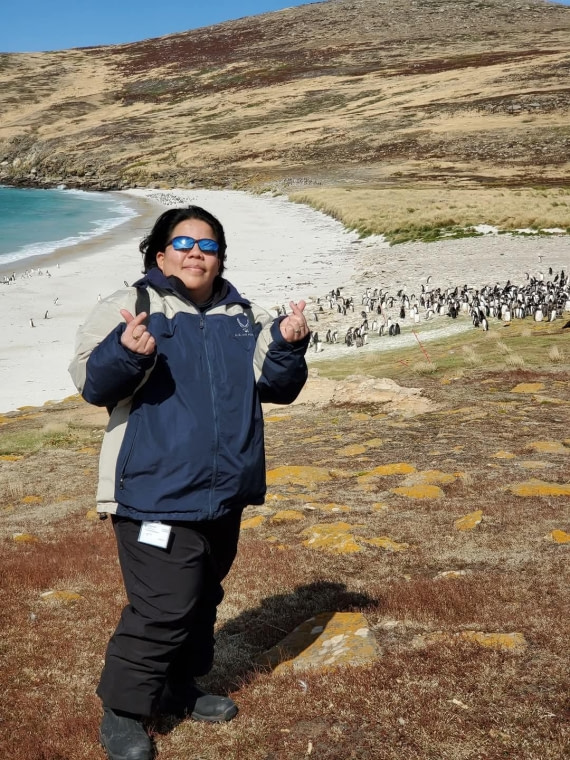
Solo travel on Hondius Feb 2025 to Falkland, South Georgia and Antarctica. Saw 7 different Penguin species. Rockhopper, Gentoo, Magellanic, Macaroni, Adelie, Chinstrap & King Penguin. Saw different Whales as well. Minke Whale, Killer Whale / Orcas, Humpback Whales. Saw different birds. Saw different Seals. Fur Seals, Crab Eater Seals, Leopard Seals, Weddell Seals. Beautiful Landscape. Expedition Team great. Crew and Staff great. Love everything about my trip. Worth the money spent. Thanks for the trip log & slideshow. Food is great. Activities great. Love the zodiac cruise and landings.
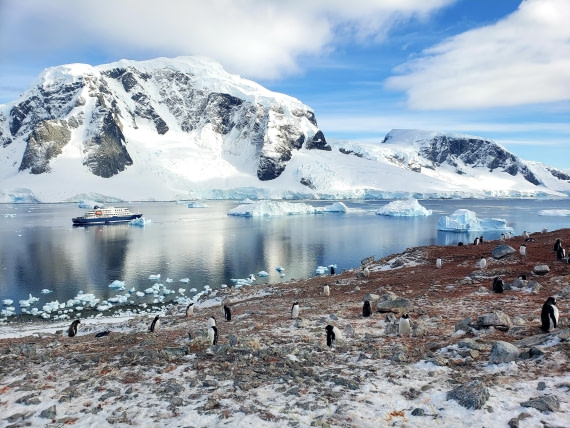
My husband and I had an amazing 23 day journey to the Falklands + South Georgia + Antarctica! A huge part of this success came from the Oceanwide team — the ability of an expedition mindset allowed the team to be flexible and keep our best interests at heart. Whether that was prioritizing the safety of crew member during a med evacuation, or hopping out on the zodiacs earlier than expected because we came across a pod of 20+ orcas (1 of the biggest highlights of the trip!), the values of the staff speak volumes to the experience we had during our voyage. On and off board we had phenomenal service and communication. Everyone was incredibly kind, patient and knowledgable in their areas of expertise. We could not imagine going with another operator and had the trip of a life time! If you’re on the fence about booking, I say go for it!!! You have to experience the magic yourself :)

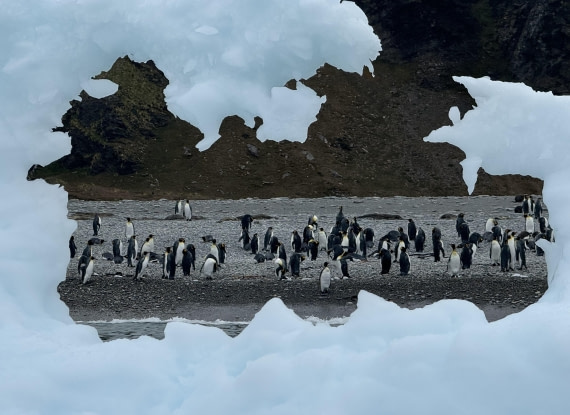







South Orkney Islands FAQ
What is the Temperature and Weather Like in the South Orkney Islands?
The climate in the South Orkney Islands is typically windy, wet and cold. Summer lasts from December to March, and individuals who participate in an expedition cruise to the South Orkney Islands can expect an average temperature of 3.5 degrees Celsius (38.3 degrees Fahrenheit).
The South Orkney Islands are mostly inaccessible from late April to November due to the nearby water being ice-covered during this time period. The average winter temperature in July drops to -12.8 degrees Celsius (9 degrees Fahrenheit).
What Wildlife Can I See in the South Orkney Islands?
Bird enthusiasts will enjoy a visit to the South Orkney Islands because of the prevalence of penguins and seabirds. It is common to spot Gentoo, Adelie and Chinstrap penguins, and you may also see Snow petrels, Pintado petrels, Kelp gulls, Sheathbills, Antarctic shags, terns and skuas. The surrounding waters will also be home to many seals – especially Antarctic fur seal in the later summer season.
Who Owns the South Orkney Islands?
The South Orkney Islands are part of the Antarctic Treaty System, which means that they are not technically owned by any country. However, Argentina and the U.K. have both made claims upon these islands in the past. This region was first discovered by British and American sealers in 1821, and the first weather station was established in the South Orkney Islands in 1903 by the Scottish National Antarctic Expedition. The station was later taken over by the Argentineans (Orcadas Station) and is now the place of the longest running scientific station in the Antarctic.
What Unique Features Do the South Orkney Islands Have?
Coronation Island has the region’s highest point with Mount Nivea, which is located on Sunshine Glacier and stands 1,265 meters (4,050 feet) tall. This combined with the high percentage of glaciation and diverse mixture of seabirds and penguins helps make the South Orkney Islands an attractive destination for explorers and adventurers who are seeking a once in a lifetime experience. The area around the islands is often littered with massive icebergs making cruising there a great experience.
What equipment is needed to make photos of the solar eclipse, and do passengers have to bring that equipment themselves?
Photo gallery
About the South Orkney Islands
South Orkney Islands Weather
The overall climate you’ll experience on your South Orkney Island expedition is cold, wet, and usually quite windy. During the summers (December through March) temperatures hover at just a little bit over 0°C.
During the winter (around July) the average temperature falls to around -10°C.
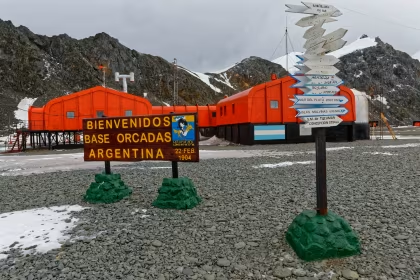
Facts about The South Orkney Islands
- The South Orkney Islands sit about 600 kilometres to the northeast of the Antarctic Peninsula.
- The only inhabitants are the people working at one of the two research stations (one British, one Argentinian).
- Despite the cold of the region the South Orkney Islands do support some plant life – algae, lichen, and mosses.
- The South Orkney Islands are considered to be an archipelago (chain of islands). There are four main islands – Coronation Island, Laurie Island, Powell Island, and Signy Island. The rest of the archipelago is made up of smaller islands such as the Saddle Islands and the Robertson Islands.
- Almost 90% of the South Orkney Islands surface area is covered in glaciers.
- The South Orkney Islands were originally called “Powell’s Group” after George Powell a Brittish sealer joining the American Nathaniel Brown Palmer, who discovered them in 1821.
- The oldest ongoing research station in the whole Antarctic region was established on Laurie Island in 1903 by Scottish Oceanographer William Speirs Bruce. He sold the station to Argentina in 1904. Orcadas Station is still operational today.
Travel to the South Orkney Islands
A trip including South Orkney Islands takes you into the heart of one of the most important breeding grounds in the world for Adélie and Chinstrap penguins. Your South Orkney Islands expedition affords you the chance to take in some incredible bird watching, say hello to a variety of seals, and make friends with the local penguin populations.
